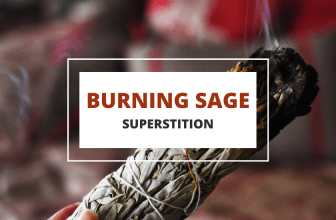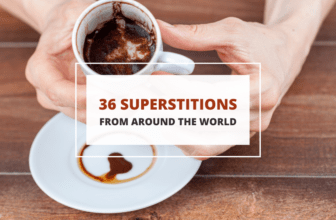
Table of Contents
For centuries, humankind has been performing weddings to celebrate the auspicious bonding of two people. From olden times till now, there have been many superstitions and traditions running around the world.
Although it’s enticing and engaging to learn about the top marriage superstitions, adding them to your big event is no longer necessary. However, if some of these superstitions are valuable to you and your loved ones, you shouldn’t hold back from participating.
Remember that you can always marry by arranging and doing things your way – your marriage ceremony is all about you and your partner, after all. And truth be told, a few of these superstitions have become quite obsolete and won’t fit into today’s new-era marriage ceremonies.
So, get the most out of the list of marriage superstitions here for some interesting insights, and seize your wedding day in whatever way you like!
Meeting one another before the marriage ceremony.
Centuries back, arranged marriages were the standard deal. It was when people believed that if the bride and groom met or saw each other before the actual wedding, there would be a possibility of them changing their minds about whether to get married or not.
Over time, this turned into superstition and people now hold themselves back from meeting one another until they’re married. The ‘first look’ is a cherished part of the wedding ceremony.
However, there are also couples in the world who steer clear of such tradition and prefer to meet and see each other before making their vows, whether to take some pre-wedding photos or to get rid of some of the wedding anxiety.
Carrying the bride over the threshold.
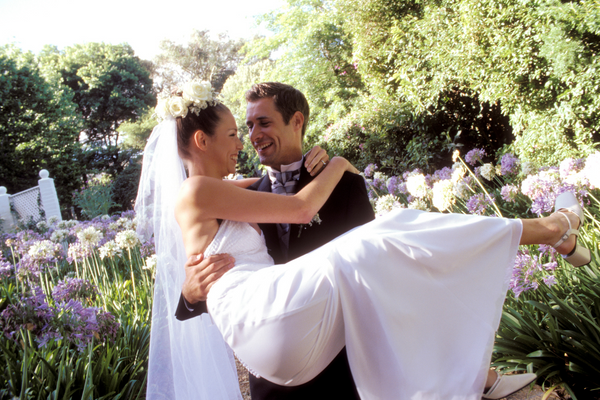
It’s common for the bridegroom to carry his bride across the threshold of their new home (or existing home, whatever the case may be). But where did this belief originate?
During the Medieval period, it was believed that the evil forces could enter the bride’s body through the soles of her feet. What’s more, if she tripped and fell over the threshold, it could spell bad luck for her house and marriage.
This issue was solved by the bride carrying the groom over the threshold. Today, it’s a grand gesture of romance and an indication of a life about to start together.
Something old, something new, something borrowed, something blue.
This tradition is based on a poem that originated in Lancashire, during the 1800s. The poem describes the items that a bride had to have with her on her wedding day in order to attract good fortune and repel evil spirits and negativity.
The something old represented a tie to the past, while the something new symbolized hope and optimism for the future and the new chapter the couple are embarking on together. The something borrowed symbolized good luck and fertility – as long as the item borrowed was from a friend who was happily married. The something blue was meant to repel evil, while inviting fertility, love, joy, and purity. There’s also another item that needed to be carried, according to the poem. This was a sixpence in your shoe. The sixpence represented money, fortune, and luck.
Wedding ring and engagement ring traditions.
- The best man and ring bearer needed to be more alert and watchful. It is believed that if you mistakenly drop or misplace the wedding ring, bad spirits would be freed to impact this holy union.
- Aquamarine is thought to provide matrimonial peace and guarantee a happy, fun, and long-lasting marriage – so some brides opt for this gemstone rather than the traditional diamond.
- Snake rings with emerald heads became traditional wedding bands in Victorian Britain, with both the loops spiraling into something like a circular pattern representing perpetuity.
- A pearl engagement ring is considered unlucky since its form resembles a teardrop.
- As per the symbolism of gems, a wedding ring designed with a sapphire on top represents marital satisfaction.
- Wedding and engagement rings are usually placed and worn mostly on the left hand’s fourth finger since a vein present on that particular finger was previously thought to connect straight to the heart.
Getting a set of knives as a wedding gift.
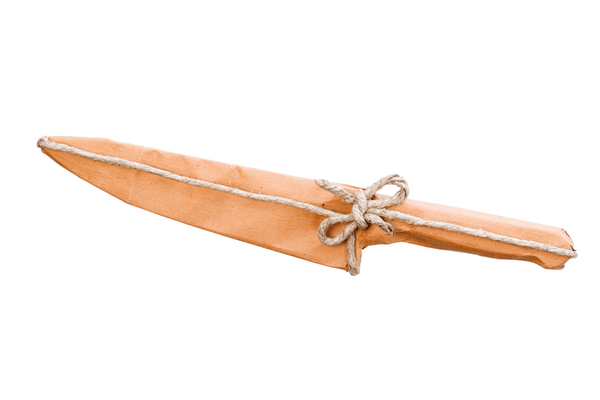
While knives are a practical and useful choice of gift to give to a newly wedded couple, the Vikings believed that gifting knives was not a good idea. They believed that it represented the chopping or shattering of a connection.
If you want to avoid receiving knives on your wedding day, eliminate it from your registry. Or, the best way to repel the bad luck that comes with a knife gift is to insert a coin into the thank you note that you send to them – this will turn the gift into a trade, and a trade can’t hurt you.
The heaven starts pouring blessings as rain on the wedding day.
Rainfall during the marriage ceremony is a concern that every couple worries about, yet based on the norms of various civilizations, it indicates a sequence of fortunes for the special occasion.
If you notice thunderclouds accumulating and rainfall falling, do not really be concerned about getting slightly damp. Rain represents vitality and cleanliness, and if there’s ever any better day to begin over, it’s on your wedding day.
Saving a piece or two of the uppermost layer of the wedding cake.
Marriages and christenings were both associated with cakes, although today it’s not as common to have baptism cakes. During the 1800s, it became popular to have tiered cakes for weddings. The top-most layer of the cake was then saved for the christening celebration of their first child. At the time, it was common for brides to have a child as soon as they were married – and most people anticipated the bride to fall pregnant within the first year.
Today, we still save the top layer of the cake, but rather than for the christening, it’s to symbolize the journey that the couple have taken together in the first year.
Crossing paths with a monk or nun on the way to the wedding.
It was once believed that if you crossed paths with a monk or a nun, who had taken oaths of celibacy, you would then be cursed with infertility. You would also have to live off charity. Today, this superstition is considered discriminatory and archaic.
Crying while walking to the altar.
It’s difficult to come across a groom or bride who wouldn’t cry on their marriage day. After all, it’s quite an emotional experience and most people are overcome with emotion on this day. But there’s a plus side to the emotion too – it’s considered good luck. Once you’ve cried your tears away, you won’t ever have to cry again throughout your marriage, or so they say.
Incorporating a veil into your ensemble.
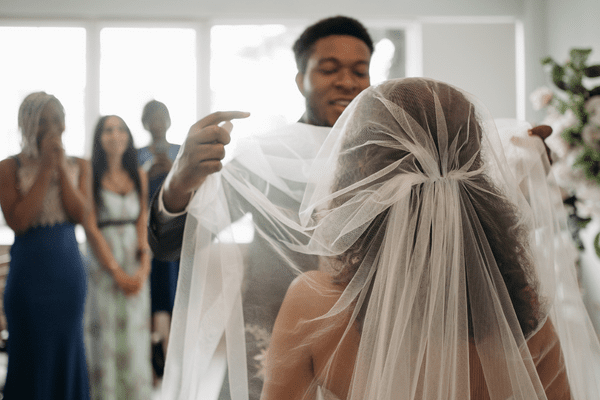
For generations, a bride’s ensemble has included a veil. While it might seem like an aesthetic choice, in the past, it was more a practical decision, especially among the Greeks and Romans.
According to these cultures, it was believed that by veiling the brie, she would be less vulnerable to the spells and supernatural forces of envious demons and evil entities who wished to take away the joy of her wedding day.
Marrying in various colors.
For thousands of years, the standard dress code of any wedding had been wearing something white. There’s a poem that attempts to explain why:
Married in white, you will have chosen all right.
Married in grey, you will go far away.
Married in black, you will wish yourself back.
Married in red, you’ll wish yourself dead.
Married in blue, you will always be true.
Married in pearl, you’ll live in a whirl.
Married in green, ashamed to be seen.
Married in yellow, ashamed of the fellow.
Married in brown, you’ll live out of town.
Married in pink, your spirits will sink
Wrapping Up
Many of these wedding traditions are archaic and outdated, but even so, they’re entertaining and give us an insight into how people of their time thought about things. Today, some of these superstitions have turned into traditions and are still followed by brides and grooms from around the world.




